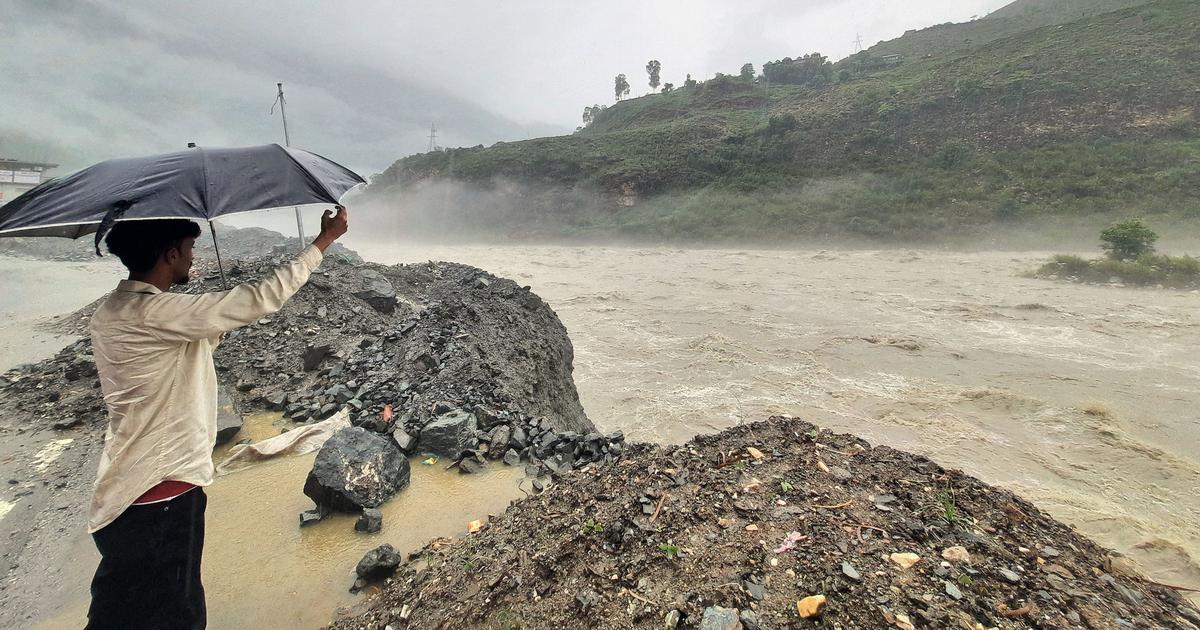How construction muck worsens flood damage in Himachal
The mixing of muck in heavy flowing water ‘aggravates erosion and flooding’ because of the ‘meandering and cutting force’ of the debris, one study noted.

Join our WhatsApp Community to receive travel deals, free stays, and special offers!
- Join Now -
Join our WhatsApp Community to receive travel deals, free stays, and special offers!
- Join Now -

At around 2 am on July 25, residents of Palchan village in Himachal Pradesh’s Kullu district woke up to a disaster. Water levels of Sarehi nala, a stream that flowed next to the village, had risen dramatically due to a cloudburst upstream.
The overflowing water and debris completely washed away three houses and about 20 sheep, before residents were moved to safer places.
While Himalayan rivers naturally carry sediments and silt, the debris in Sarehi nala had a different source – a muck-dumping site of the 9-km Atal Tunnel, situated on the Manali-Leh highway. An incident report prepared by Manali’s tehsildar and seen by Scroll noted, “huge boulders and debris from the Atal tunnel dumping site were flowing with the water due to which the flow of the Naala was changed and the course diverted towards the Palchan-Solang Naala road”.
Such muck dumping sites are common in the Himalayas. While carrying out construction for roads, tunnels and other development projects, proponents often acquire additional land for sites to dispose of the excavated debris. As a part of their detailed project reports, proponents also have to prepare a muck disposal plan that explains in detail how much muck is expected to be excavated, and the measures proposed to stabilise the...









